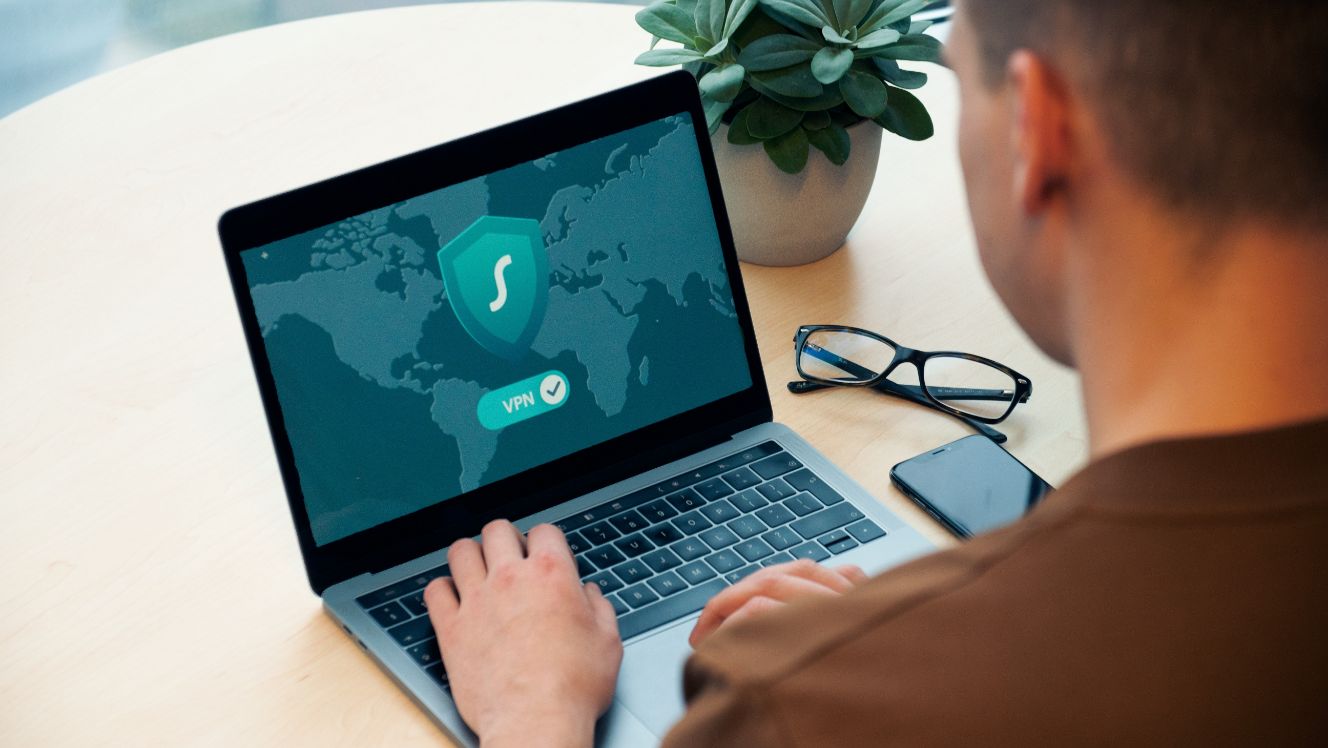Establishing trust as a startup can be a long and demanding process. Whether you are a brick-and-mortar store or a shop online, you need to have cybersecurity set up to protect your business from lurking hackers.
Cybercriminals target startup businesses because security measures may not be fully in place yet. Customer trust is critical in a time of widespread cybercrime and data privacy attacks. Startup owners now face the challenge of building consumer confidence as they build their business.
Cyberthreats and privacy issues can seriously affect your enterprise. Recent studies show that 87% of consumers will do business elsewhere if a company is untrustworthy.
Do not let your startup be part of the statistics. As you build the business from the ground up, make sure that you are setting up a robust cybersecurity as well. Take time to know the different cybersecurity trends and threats, much like you to take time to know other aspects of building and growing your business. Let’s get started!
Step-by-Step Guide to Cybersecurity for Startups

1. Get the latest Cybersecurity Software
Hackers are devising more ingenious ways to break into systems and infect it with malware or steal data. Get the best and latest cybersecurity software you can get. Some business owners would get free versions to cut on costs.
Free antivirus, anti-spam, and firewall software tools are okay as an initial layer of protection, but if you are serious about doing business, and before you even collect an ounce of data from customers, upgrade to the paid version to unlock all its security features.
But merely installing software is not enough to mitigate all security risks. You need to keep your site updated.
There is a lot of reliable security software recommended by experts that have a vast network enabling them to discover the latest malware attacks and develop bug fixes and security patches right away for their users.
So, the next time you get a notification for updates, whatever you do, do not ignore it. Install these latest updates to keep your network and devices safe.
2. Use a Robust Internet Security Suite and Firewall
Apart from ensuring your networks and devices are protected, make sure that you have a robust internet security protection as well. Most antivirus software has integrated internet security and firewall.
With such a program, you can prevent accidental downloading of malicious software, and better detect and stop attacks like MITM (Man in the Middle), phishing, Trojan malware, and the like.
3. Install SSL (Secure Sockets Layer) Certificate
It is a standard security protocol to install an SSL or Secure Sockets Layer. It keeps your internet connection secure and safeguards sensitive information and data sent between server and browser. It prevents cybercriminals from snooping upon your system and reading or modifying your data. The encryption protects you and your customers, who give you their personal information and even their banking details.
It helps your customers trust you and your website, knowing that their communications with you are encrypted, and they can even make financial transactions with peace of mind.
Trust brings in higher web traffic, and higher web traffic drives sales. 85% per cent of online customers say they refuse to purchase from a website with no SSL certificate. Site URLs that start with HTTPS can encrypt standard HTTP requests for a more secure shopping experience.
4. Set Up a Secured Cloud Storage
Cloud-based storage and back-up solutions add another layer of security to your business. However, you need to limit the access to your cloud storage, just as you do with your physical networks and devices. Making your cloud storage secure starts with a local back-up of data, choosing an efficient cloud provider, and avoid storing sensitive information on the cloud.
Sensitive information includes the banking details of your customers. If a file is for archiving, meaning you do not need it frequently, store it on your company’s server instead of the cloud.
Use cloud storage for files used in team projects or files that need to be constantly accessed. Once a file is no longer required that often, move it out of the cloud and into your physical servers.
But some cloud providers supply a higher level of protection available in case you want to use them for archiving as well. It is crucial then that you check the security features that will be unlocked for you once you avail of this premium service.
5. Create a Culture of Cybersecurity in Your Team
Educating your team is not just about increasing their knowledge of cybersecurity. It is about building a culture of security protocols in your team. Everyone needs to be on one page regarding security practices so that you avoid any point of vulnerability.
Some instances of data breach recorded over the years started with an unknowing employee opening a phishing email, or somebody in the team carelessly releasing sensitive data. All of these must be avoided. You need to have big protection now where it matters, as you are still building your brand name and reputation.
6. Use Strong, Complicated Passwords
Every member of your team needs to have their own network account. It is crucial so you can track everyone’s individual activity in the network. It is easier to trace errors and breaches when there is personal accountability.
Every member of the team must also have their unique, complex, and hard-to-decipher passwords. As a rule of thumb and an extra layer of protection, you can even assign the passwords yourself. If you already have an IT staff, you can delegate that to him or her. In this way, other members of the team do not know the network passwords, as you or the IT personnel will enter it on their individual devices. It prevents the sharing of passwords, whether intentional or not.
Also, ensure that your employees have no access to download or install software programs on their own. Limiting network access improves the security of your network even more.
Require this from your customers as well. If they need to subscribe or sign up to anything in your website, require complicated passwords from them, and two-step verification for their own protection.
7. Require your online vendors to prioritise security
If you are accepting third-party sellers on your website, make sure that you require them to follow the same security protocols you require from your company or team.
Before legally entering third-party partnerships, check and verify the legitimacy of the company, and the online seller’s capacity for cybersecurity measures, mitigation, maintenance, and resources they use.
Make sure that you also include your IT personnel when vetting vendors. He or she can help you study the vendor’s proposal to check if there are security risks or issues, even before entering the partnership.
It saves you the potential of damaging your online reputation in the future, just because you unknowingly allowed untrustworthy vendors into your business. It is smart to include your IT personnel in making decisions as crucial as this to better protect your customers as well.
Be Future-Ready with a Robust Cybersecurity Setup Today
Cybersecurity may not be a top-of-mind protocol for most startups. But you can set your business apart. Anyone who wants to build anything substantial must build correctly from the foundation.
Your data management system and cybersecurity should be one of your company’s top priorities. You will see your business grow robust as well, able to endure modern-day attacks and threats. Be future-ready with a good cybersecurity setup today.













